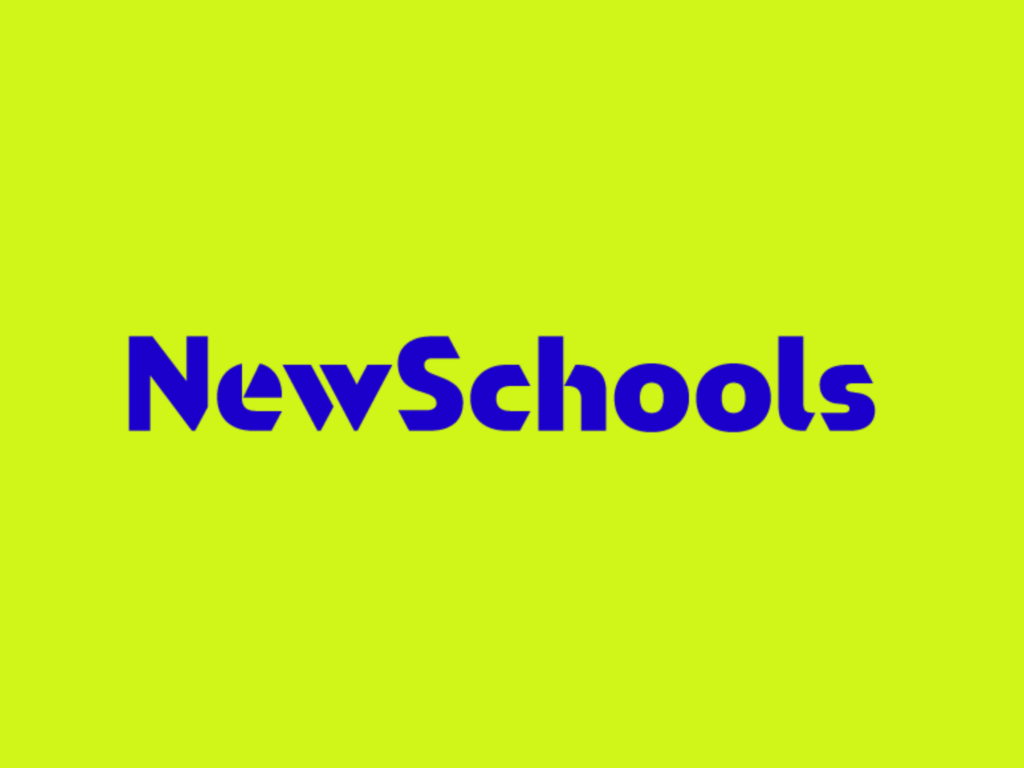In the days that have passed since touching down from the Summit, I keep thumbing through the dog-eared pages of my Moleskin notebook to try to surface more “lessons learned” for colleagues that missed the opportunity.
Somewhere between three pages of notes from Howard Fuller (starting with a hastily scribbled, “this is a street fight, not a debate) and ending somewhere around “owing students a school system worthy of their future,” I took an entire page to write three phases in all caps:
- Rapid scale
- Student outcomes first
- Breaking the model
From the keynotes to the breakouts, I kept returning to these three statements. (No doubt the reason why they were crudely underlined six or seven times each by the end of the Summit.) They seemed to capture a sentiment that permeated each speaker’s remarks and each hallway conversation. A shared fear that too often it feels like ed reformers are merely shouting into the echo chamber rather than rapidly scaling innovation and disruptive transformation that will lead to something big. A guarded sense of wanting to move forward but only when the evidence shows that moving forward is the right direction for all students. And an overwhelming feeling that the current model – the one we’ve had for the past eighty years or so – must be fundamentally re-imagined if we truly expect to achieve new, ambitious goals for public education.
As the community engagement manager for Next Generation Learning Challenges (NGLC), I couldn’t help but think, too, that these phrases strike at the very heart of the work we’ve been doing since our 2010 launch. In October, we issued our latest of three waves of “re-invention” challenges to secondary and postsecondary educators. Wave III will provide $12 million in grants over the course of this year to new blended model schools and college degree programs that fundamentally re-design how students learn, how schools and institutions enable that learning and allocate resources to support it, and how their approaches can multiply virally.
In many ways, Wave III embodies the rallying cries we heard at the Summit:
- We’re searching for models that aren’t just innovative in the way they deliver content but purposeful about the way they plan for rapid scale and financial sustainability, pushing innovative practices beyond the echo chamber and into the wider field.
- We’re reaching out to districts because, to echo the words of Kaya Henderson in the opening session, “we can’t have a truly scalable movement without districts.”
- We’re looking for innovators who feel emboldened to break the model while still relying on sound research that guides how students learn and how we design environments to support it. Like Doug McCurry, who shared Achievement First’s litmus test for innovation in a breakout, we believe that administrators and teachers need proof – proof that blended environments help empower students, personalize instruction, and allow teachers to “do the job they do best.” But, like Alex Hernandez of Charter Growth Fund, we feel a sense of urgency to push the innovation cycle and learn from the messy challenges ahead.
- We’re also looking for models that embody the attributes we watched in countless videos at the Summit: personalized learning, competency-based pathways, and formative feedback to both students and teachers.
And we’re still looking for partners.
When we first issued the challenge, we wondered aloud if there were truly people ready to “storm the Bastille” of education reform.
The answer is yes. In April, NGLC announced its first cycle of Wave III funding: $750,000 to five developers of new school models at the middle and/or high school level. Here are three observations about what they’re seeking to accomplish:
- They are completely re-imagining students’ experience of “school.” While all cited valuable lessons they’d learned from studying the pioneers in this space, each model will integrate elements of project-based, online, personalized, group, and anytime/everywhere learning, together with strong links to postsecondary education.
- They are applying technology-enabled strategies to challenge the status quo in school design. One California grantee will scrap the traditional school calendar by opening its doors to students ten hours per day, seven days per week, year-round. Students will contract individually with the school to create their own personalized schedules and conduct a substantial portion of their learning outside of the school’s walls. A New Jersey grantee will use working-world learning environments and processes, all on a technology platform like those used by business and industry today, to create learning experiences for students that connect deeply to the environment outside of school.
- They are pushing the envelope on financial modeling and scalability. These innovations, as promising as they are, will mean little if they require supports or operating conditions that are not readily scalable. The NGLC grantees are thinking as deeply about these challenges as they are about their learning models, so that viable, viral scaling is embedded as a central element in their school’s DNA.
We’ve just closed our second application cycle and look forward to announcing more grantees later this spring and into the fall. (The deadline for the final cycle is June 8; see www.nextgenlearning.org for more information if you’re already working on a new blended model and would like to apply.) Along the way, we’ll be documenting and sharing their stories, working with these innovators to learn what works for student success and how they are empowering both teachers and students for higher learning outcomes.
We may not be out of the echo chamber yet but we’re confident about what lies on the other side.
Carie Page is Community Engagement Manager of Next Generation Learning Challenges (http://nextgenlearning.org), a new initiative aimed at addressing the barriers to educational innovation and tapping the potential of technology to dramatically improve college readiness and completion in the United States.


